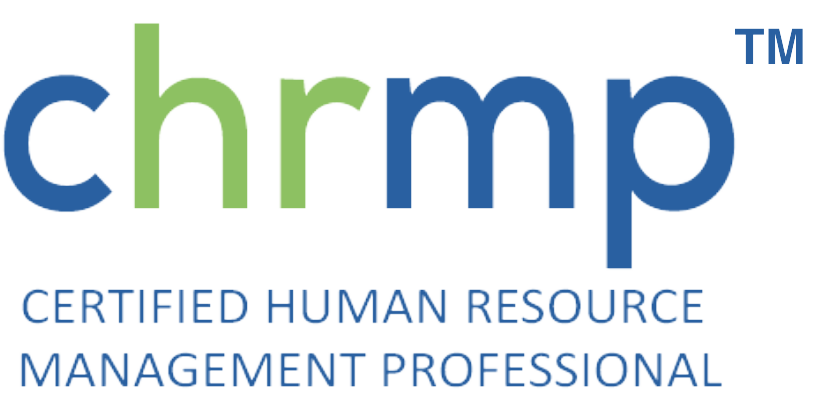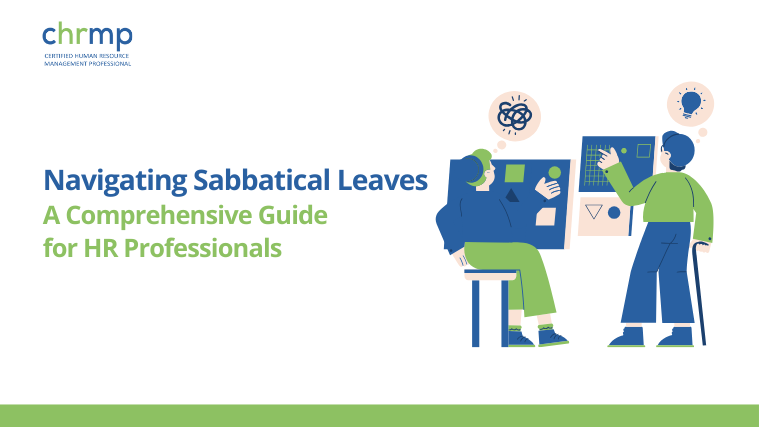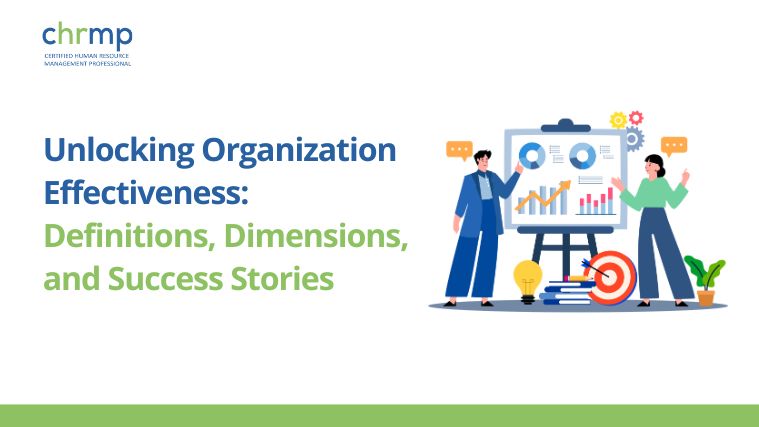In today’s fast-paced work environment, the concept of sabbatical leave is becoming increasingly popular as a means to provide employees with a well-deserved break for personal growth, learning, and rejuvenation. As HR professionals, understanding the nuances of sabbatical leave is crucial to developing policies that benefit both the organization and its employees.
This blog aims to define sabbatical leave, explore its meaning, discuss sabbatical leave rules, and provide insights into creating an effective sabbatical leave policy, all while incorporating real-world examples to illustrate the positive impact of sabbaticals on the workforce.
What is Sabbatical Leave?
At its core, it refers to a period of paid or unpaid leave granted to an employee to pursue personal interests, such as research, travel, or other projects, that are not necessarily related to their job duties but are beneficial for their personal development and, subsequently, for the organization.
The meaning of sabbatical leave can vary significantly from one organization to another, but the underlying principle is to offer an extended break from work, typically ranging from a few months to a year.
Sabbatical Leave Rules: Navigating the Policy Landscape.
Sabbatical leave rules vary widely among organizations and are often defined by a company’s sabbatical leave policy. These policies outline the eligibility criteria, such as tenure and performance requirements; the length of the sabbatical; compensation; and the employee’s obligations upon return.
Crafting a well-thought-out policy requires balancing the needs of the organization with those of the employees, ensuring that the sabbatical program is sustainable and beneficial to both parties.
Implementing an Effective Sabbatical Leave Policy.
When designing a sabbatical leave policy, HR professionals must consider several key factors:
- Eligibility Criteria: Establish clear guidelines for who qualifies for a sabbatical, typically based on years of service or specific achievements.
- Length and Compensation: Define the duration of the sabbatical and whether it will be fully paid, partially paid, or unpaid.
- Return Obligations: Outline expectations for the employee’s return to work, including any requirements to share experiences or knowledge gained during the sabbatical.
Real-World Examples of Sabbatical Leave
- Tech Giants: Many tech companies offer sabbatical programs to encourage innovation and prevent burnout. For example, Adobe’s “Renewal” sabbatical program provides four weeks of paid leave for employees who have worked for the company for at least five years.
- Academic Institutions: Sabbaticals are a long-standing tradition in academia, allowing professors to take time off from teaching to focus on research projects, write books, or engage in other academic pursuits.
- Non-Profit Sector: Some non-profit organizations offer sabbaticals as a way to retain talent and encourage professional development among their staff, often focusing on humanitarian or social causes.
Also Check: A Comprehensive Guide to the 10 Types of Organizational Structures
Conclusion
Sabbatical leaves offer a unique opportunity for personal and professional growth, contributing to employee satisfaction and retention, fostering a culture of learning and innovation, and ultimately benefiting the organization as a whole.
As HR professionals, crafting a comprehensive sabbatical leave policy that aligns with the organization’s goals and culture is a critical step towards supporting employee well-being and achieving long-term success.
Incorporating sabbaticals into the workplace is more than just a policy decision; it’s a commitment to valuing and investing in the personal development of employees.
By understanding and implementing effective sabbatical leave policies, organizations can unlock the full potential of their workforce, paving the way for a more engaged, fulfilled, and productive team.






